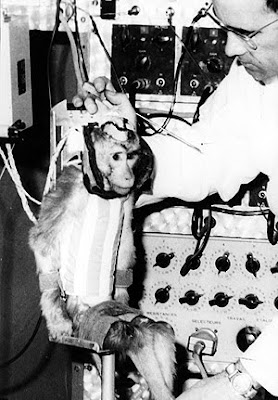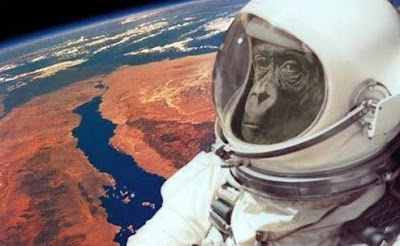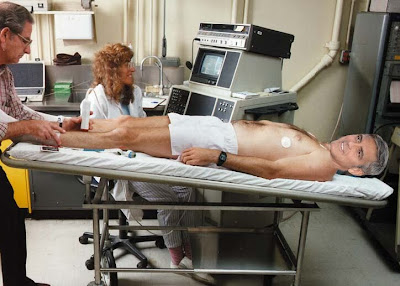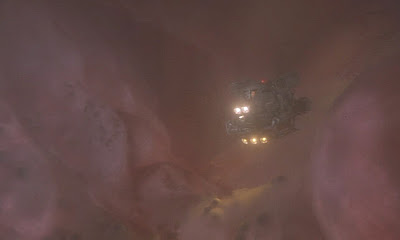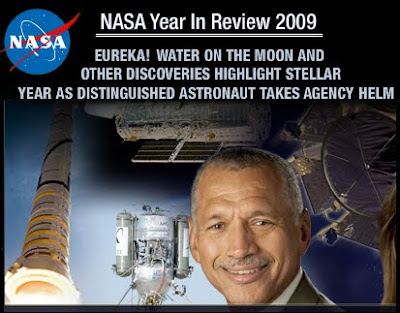
Home sweet home! I love driving all around the US, and have done so for years, but there really is nothing like finally coming back to Texas. As the holiday tryptophan coma subsides and I prepare to "reboot" the blog, it's hard to settle back down into work -- even when I do have new cool space stuff to share!
I may have also just collected the most eclectic set of "
vacation pictures" yet, given the sheer amount of activities I had to pack into two measly weeks in California. Should have taken three!
NASA Ames Research Center at Moffett Field was my first stop, having raced into town so I wouldn't miss the launch of
Space Shuttle Atlantis STS-129. I used to live right near Ames, but hadn't been there since about 1996, and so much has changed!
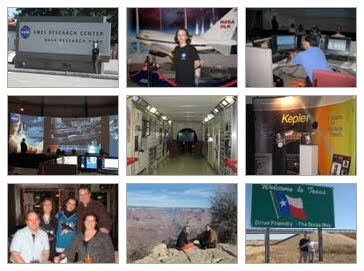
Like most other NASA centers, they have a great collection of space artifacts and astronaut gear, along with model rockets, a scale model of the new SOFIA, moon rock samples, another space station capsule simulator -- and exhibits about the LCROSS and Kepler crafts, which were partially designed and developed at Ames, in conjunction with SoCal's Jet Propulsion Laboratory.
While stepping through my media dance, I wound up in front of an NBC camera for the first time... and also was very honored to meet
astronaut Karol "Bo" Bobko, experienced veteran of three early Shuttle missions -- including the maiden voyage of
Space Shuttle Atlantis in 1985. Having been on her first launch, it must have been so strange for him to see her lifting off with a bunch of "kids" inside, nearly 25 years later!
Thinking about the span of years, I had a moment of sadness when I realized that after this,
Atlantis only has one more scheduled mission in 2010 before she is retired... and will either be sourced for parts or put on musuem display.

Astronaut Bo Bobko
I've been to Florida to see
Columbia and
Endeavour take to the skies, but would love to see
Atlantis or
Discovery sometime next year in their home stretch of American service. I have a feeling the last handful of launches will be extremely crowded! However, work schedules being what they are, I never know if the timing will work out for me to be able to travel there.
Likewise, if you cannot make it to Florida sometime in the next two years for one of the final five launches... treat yourself to a day at one of the NASA flight, space or research centers nearer to you if they open an event for public viewing. Watch on the big screens, and hear one of the resident retired astronauts walk the press through take-off -- they are the best people to give both technical and subjective explanations of the launch experience!






